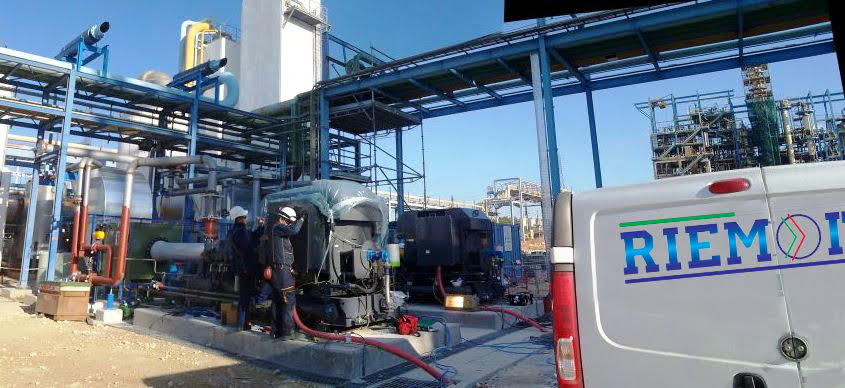Industrial compressors are the powerhouse behind many manufacturing and industrial processes, providing the essential compressed air required for various operations. However, the efficiency of these compressors doesn’t only depend on their design or operation; their placement is crucial as well. Riem Italy, with its extensive experience in industrial compression systems, underscores the importance of strategic compressor placement for optimum performance.
Centralized Compressor Rooms: The Key to Efficiency
The ideal setup for compressor placement is centralization. Housing all compressors in one designated area, commonly referred to as a compressor room, offers several benefits:
- Enhanced Energy Management: Centralization facilitates better energy distribution and heat recovery systems.
- Ease of Maintenance: A single location for all compressors simplifies maintenance schedules and emergency repairs.
- Scalability: As your business grows, so too can your compressor system within a centralized room, without the need for additional construction.
Protective Environment: Ensuring Longevity
A compressor room must be indoors to shield equipment from weather elements and reduce the risk of condensate freezing. A controlled environment also protects against external contaminants that could impair the functionality of the compressors.
Layout for Performance: Maximizing Airflow
Large compressors with extensive piping require a layout that supports correct airflow distribution. They should be positioned near supportive machinery such as pumps and fans to maintain a consistent and efficient air distribution system.
Infrastructure Considerations: Designing for the Load
The compressor room floor must be flat, with sufficient load-bearing capacity. The use of plinths or bases is recommended to absorb vibrations and ensure stability.
Clean Air Supply: The Lifeline of Compressors
Keeping the compressor area free from contaminants is non-negotiable. The air intake, in particular, should be situated in a clean environment, possibly extended outside using corrosion-resistant ducts designed to prevent rain or snow accumulation.
Ventilation: Managing the Heat Output
Constant ventilation is imperative in a compressor room as compressors generate significant heat. The amount of ventilation required is contingent on the compressor’s size and type—air-cooled compressors release 100% of their consumed energy as heat, while water-cooled systems discharge only about 10%.
Temperature Control: Keeping Cool
The temperature in the compressor room should not exceed 7-10°C above the external temperature. If this cannot be maintained naturally, water-cooled compressors may be the solution.
Riem Italy: Your Partner in Compression System Logistics and Analysis
Riem Italy stands at the forefront of industrial compression technology. We don’t just manufacture and distribute compressors globally; we also specialize in logistics and compressor room analysis. Our team provides reliable consultations on compressor installation and control room setup, ensuring your operations are efficient, sustainable, and future-proof.
Through meticulous planning and expert guidance from Riem Italy, you can achieve the ideal compressor placement, optimizing your industrial processes for peak performance and longevity.

